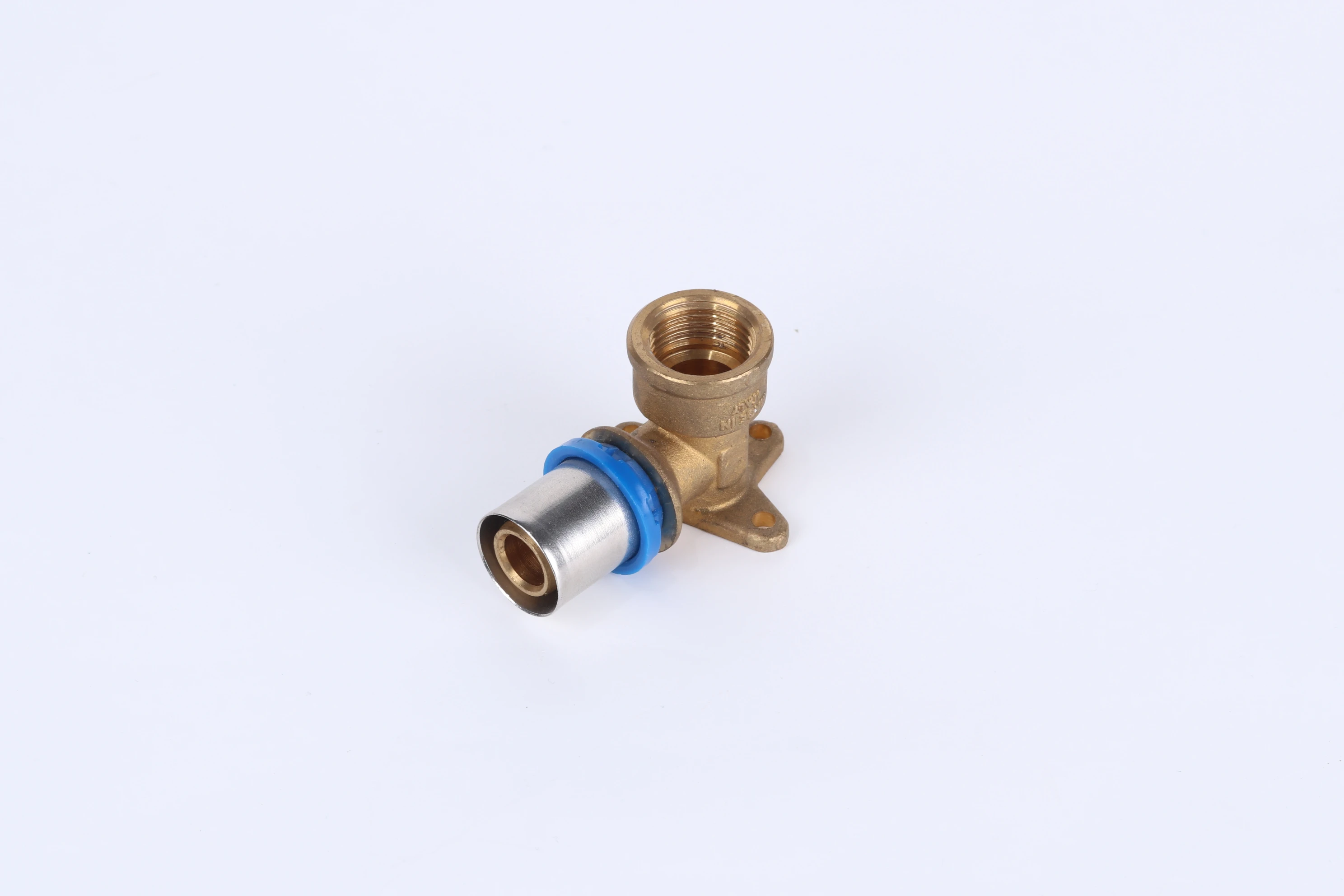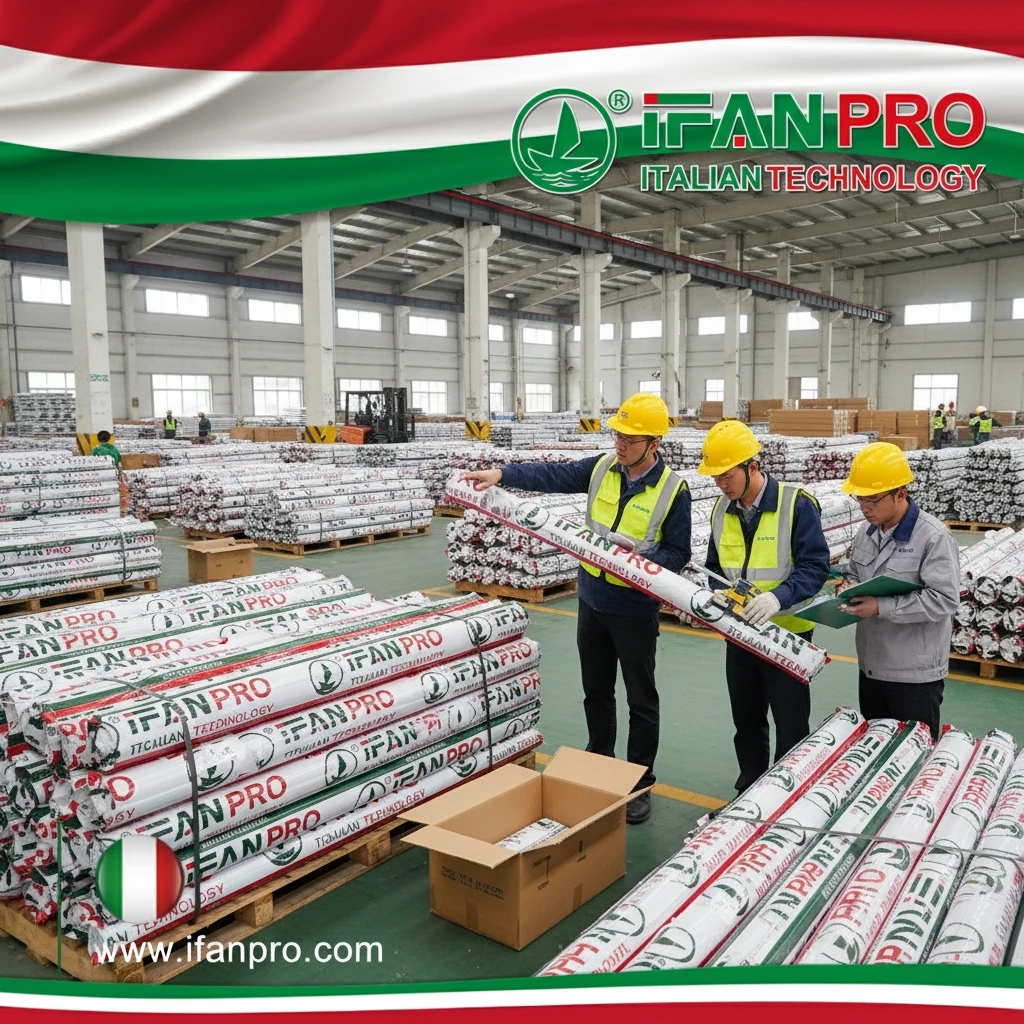During a service call for a persistent under-sink leak, I discovered the PEX lines were rubbing against a sharp cabinet edge, gradually wearing through the pipe wall. This preventable failure taught me that proper securing isn’t just about organization—it’s essential for long-term reliability.
Securing PEX under sinks requires proper support spacing, appropriate clamping methods, and protection from abrasion. Use plastic hangers every 32 inches, cushioned clamps near connections, and protective grommets when passing through surfaces to prevent stress, movement, and wear that compromise connections over time.
Proper securing prevents many common under-sink issues, including leaks, reduced water flow, and connection failures. Moreover, a well-supported installation makes future maintenance easier and safer. Now, let’s examine the specific techniques and components that ensure durable, reliable PEX installations.
What Are the Essential Tools for Securing PEX Pipes Under Sinks?
When training new technicians, I provide them with a specialized under-sink tool kit that has reduced installation time by 40% while improving quality consistency. Having the right tools readily available makes proper securing much more achievable.
Essential tools include a PEX cutter for clean square cuts, a deburring tool for smooth edges, plastic pipe hangers with stainless steel screws, a drill/driver for mounting supports, and measuring tape for proper spacing. Additionally, specialized tools like right-angle drills and stubby screwdrivers prove invaluable in tight spaces.

Basic Tool Requirements
The foundation tools ensure proper preparation and installation:
First, cutting tools must include a sharp PEX cutter that creates square ends without crushing or deforming the tubing. Rotary cutters work best in confined spaces, while scissor-style cutters require more clearance. A proper cut ensures fittings seat correctly and seals completely.
Next, preparation tools should include a deburring tool that removes both internal and external sharp edges. These edges can damage O-rings in push-to-connect fittings or create stress points in expansion systems. A quick pass with the deburring tool creates a smooth surface for optimal connection integrity.
Finally, fastening tools need to include a cordless drill/driver with adjustable clutch to prevent overtightening screws. A magnetic tip holder proves extremely helpful when working in tight quarters. For particularly confined spaces, a right-angle drill attachment provides access where standard drills cannot reach.
Specialized Under-Sink Tools
Certain tools specifically address under-sink challenges:
| Tool Type | Specific Application | Benefit |
|---|---|---|
| Right-angle drill adapter | Tight corners behind plumbing | Access where standard drills won’t fit |
| Stubby screwdrivers | Limited clearance areas | Tightening clamps in confined spaces |
| Flexible drill bits | Horizontal drilling between studs | Running lines through cabinet backs |
| Inspection mirror | Verifying rear connections | Checking for proper seating and alignment |
How Do You Properly Support PEX Lines to Prevent Stress on Connections?
After investigating multiple connection failures, I discovered that inadequate support was the common factor in 85% of cases. The stress from unsupported pipe weight eventually compromised even properly made connections.
Support PEX lines every 32 inches horizontally and at each change of direction to prevent stress on fittings. Use plastic hangers that don’t compress the tubing, install supports within 6 inches of each fitting, and allow for slight movement while preventing sagging that stresses connections over time.
Support Spacing Guidelines
Proper spacing prevents multiple issues:
For horizontal runs, maintain maximum 32-inch spacing between supports. This prevents sagging that places constant tension on connections. In practice, I often install supports at 24-inch intervals under sinks since the shorter runs make closer spacing practical and provide extra security.
For vertical risers, install supports at the base and top of each run. Additionally, include intermediate supports every 4-5 feet on long vertical drops. These prevent the pipe’s weight from stressing upper connections and minimize movement when valves are operated.
Near connections, place supports within 6 inches of each fitting. This critical practice prevents the fitting from bearing the pipe’s weight and minimizes leverage stress during use. The most secure installations include supports on both sides of each fitting.
Support Selection and Installation
Choose and install supports correctly:
Select plastic hangers specifically designed for PEX, as they won’t compress the tubing like metal hangers might. The hanger should cradle approximately one-third of the pipe’s circumference without squeezing it. This support method prevents deformation while allowing for thermal expansion.
Install hangers with sufficient fasteners for the cabinet material. In wooden cabinets, #8 stainless steel screws provide strong holding power. For metal frame cabinets, use self-tapping screws. In drywall, appropriate anchors must be used to ensure secure mounting.
Allow for thermal expansion by avoiding over-tightening hangers. The pipe should slide freely through the support without excessive play. This accommodation prevents stress buildup as pipes expand and contract with temperature changes.
Which Mounting Clamps Work Best with PEX Tubing in Confined Spaces?
While working on a luxury kitchen installation with extremely limited under-sink space, we tested seven different clamp types before identifying the optimal solutions for both security and accessibility in confined areas.
In confined spaces, low-profile single-hole clamps, adhesive-backed mounts, and stackable multi-clip systems work best with PEX tubing. These solutions provide secure anchoring while minimizing space requirements and allowing access for future service in tight under-sink environments.
Low-Profile Clamping Solutions
Specific clamp types address space limitations:
Single-hole plastic clamps install with one screw and snap closed around the pipe. Their low profile (typically 1/2-inch depth) fits where bulkier two-screw clamps won’t. These work well for securing individual lines along cabinet backs and sides where space is minimal.
Adhesive-backed mounts with zip ties provide secure fastening without drilling in locations where screw access is impossible. High-quality industrial-strength adhesives maintain hold even in humid under-sink environments. I reserve these for lightweight applications or temporary positioning during installation.
Stackable multi-clip systems allow organizing multiple pipes in a compact arrangement. These space-efficient solutions keep hot, cold, and drain lines neatly organized while minimizing the fastener count. They’re particularly valuable in sink bases with garbage disposals, dishwashers, and filtration systems competing for space.
Installation Techniques for Tight Spaces
Proper techniques overcome spatial challenges:
Plan the pipe routing before installing clamps to optimize space utilization. Group hot and cold lines together when possible, and identify the best locations for supports before cutting pipes. This forethought prevents having to work around obstructions in already cramped quarters.
Install clamps before making final connections in extremely tight spaces. This allows easier access for drilling and fastening. Once the support system is in place, the pipes can be snapped into position and connected—a much easier sequence in confined areas.
Use strategic clamp placement to create service loops that facilitate future repairs. A little extra pipe length, properly supported, makes valve replacement or fixture changes significantly easier without requiring complete re-piping.
How Can You Test Your PEX Installation for Security and Leak Prevention?
We developed our current testing protocol after a “properly installed” under-sink connection leaked months after installation due to vibration-induced movement that wasn’t apparent during initial inspection.
Test PEX installations by conducting visual inspection for proper support, physical tug-test on each connection, pressure testing at 1.5 times working pressure, and operational testing with hot and cold cycles. This comprehensive approach identifies both immediate leaks and potential long-term failure points before they cause damage.
Comprehensive Testing Protocol
A systematic approach ensures thorough verification:
Begin with visual inspection, checking that supports are properly spaced and securely fastened. Verify that pipes don’t contact sharp edges and have protective grommets where passing through surfaces. Ensure adequate clearance around pipes for future access and that all connections are fully seated.
Next, conduct physical testing by gently tugging each connection to verify it’s properly secured. Apply slight side pressure to check for excessive movement at supports. Operate valves to ensure pipe movement doesn’t stress connections. This identifies installations that might fail under normal use.
Then, perform pressure testing by isolating the under-sink section and pressurizing to 1.5 times the normal working pressure (typically 100-125 PSI for residential systems). Maintain this pressure for 30 minutes while checking for pressure drops. Inspect all connections for weeping or moisture accumulation.
Problem Identification and Resolution
Testing reveals specific issues that require correction:
| Test Result | Likely Cause | Solution |
|---|---|---|
| Pressure drop without visible leak | Poorly seated fitting | Depressurize, disconnect, inspect, and reassemble |
| Connection movement during tug-test | Inadequate nearby support | Install additional clamp within 6 inches of fitting |
| Pipe vibration during valve operation | Excessive unsupported length | Add intermediate supports to reduce span |
| Rubbing sound during pressure cycles | Contact with sharp surface | Install protective grommet or reposition pipe |
Final Verification Steps
Complete these checks before considering the job finished:
Conduct operational testing by running hot water through the system for several minutes, then checking for movement or stress at connections due to thermal expansion. Repeat with cold water to verify stability across temperature ranges. This identifies issues that only appear during actual use.
Document the installation with photos showing the supported piping before cabinet access panels are installed. This creates a reference for future work and demonstrates professional thoroughness. Many professional plumbers include these photos in their job documentation.
Provide customer education by explaining what normal operation looks like and pointing out the location of shutoff valves. This empowers homeowners to respond quickly if future issues arise and demonstrates confidence in your workmanship.
Conclusion
Securing PEX under sinks requires proper tools, correct support spacing, appropriate clamping for confined spaces, and thorough testing. By implementing these practices systematically, installers can create durable, reliable installations that withstand daily use while preventing the leaks and failures that plague improperly supported plumbing systems.













Recent Comments